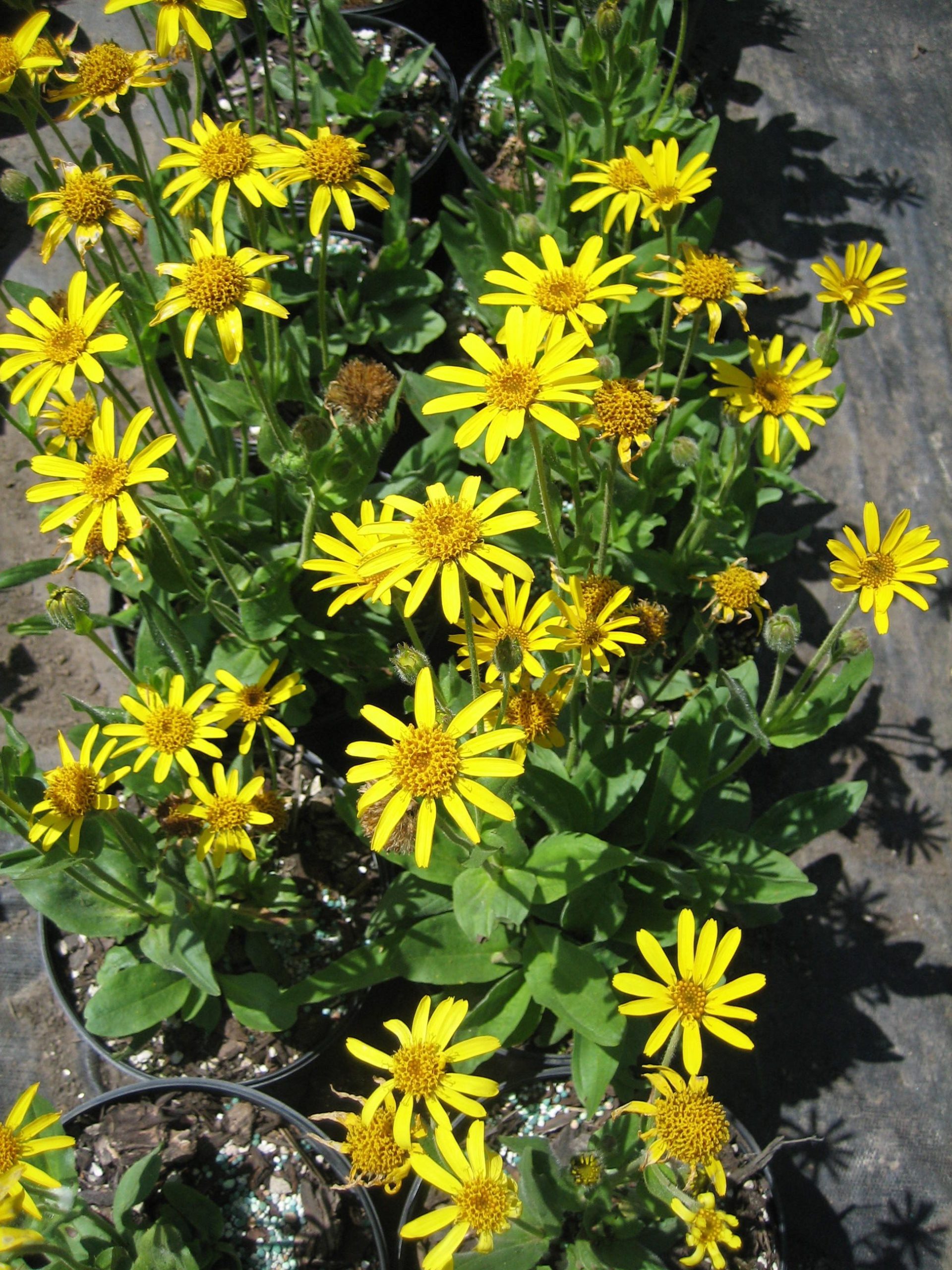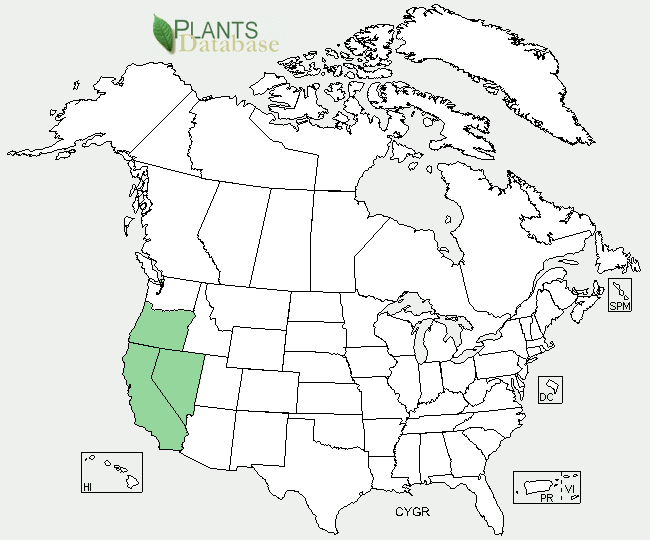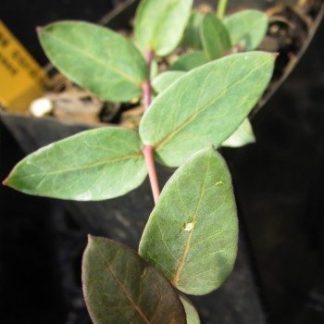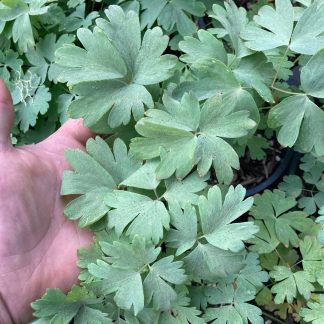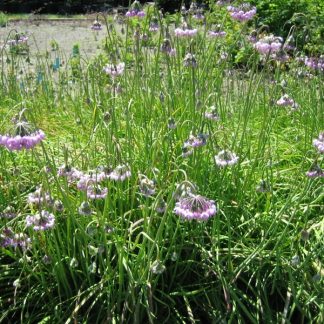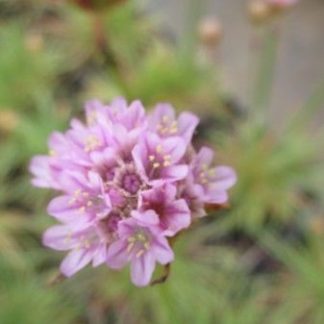Wyethia mollis
woolly mule ears
Habit: silver foliage dotted with bright yellow flowers make up this stunning low-growing perennial. Supported by its thick and deep taproot system, this species can reach up to 3 feet tall. Upright, oblong leaves, 7-19 inches long grow in clumps at the base of the plant, while smaller leaves occur alternately along the flowering stems. Showy flower heads, up to 3 inches across are born singly at the tip of terminal spikes. The center of the blossoms consists of a convex receptacle covered by disks, the male reproductive parts of the plant. Yellow petal-like ray florets, the female parts, surround the disk. Soft fine hairs cover the long and broad leaves of the plant, and make its common name, woolly mule ears, quite suitable.
Ecology: Wyethia mollis takes over entire sections of dry, open hillsides, usually in volcanic soils. It is also found in mixed conifer forests up to 10,000 feet. It grows in Oregon, in the Sierra Nevada, and east to the Great Basin and the Rocky Mountains.
Growing conditions: it is a drought tolerant species suitable for a variety of soils, typically rocky soils. It enjoys full sun and occasionally, some afternoon shade.
Wyethia mollis is one of ten species within the genus Wyethia, which is endemic to North America. The genus was named after Captain Nathaniel Wyeth, an early explorer of the West, who collected the plants when crossing America in 1864. Half of the species are native to the Pacific Northwest.
In June, when the plant is in bloom, it might be hard to tell it apart from balsamroot (Balsamorhiza sagittata) which has similar leaves and flowers. Yet, if looked into a little further, the distinctions begin to show. For example, balsamroot leaves lack hairs and grow horizontally.
Specs
Herbaceous Perennial
1-3 feet (30-91 cm)
1-3 feet (30-91 cm)
3b-8b

